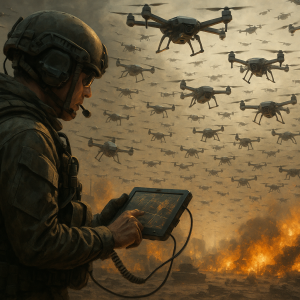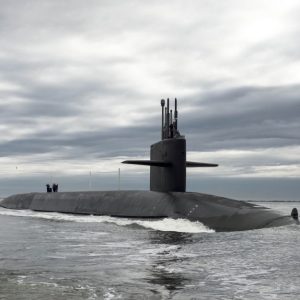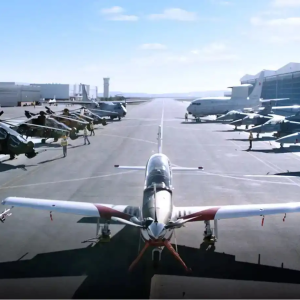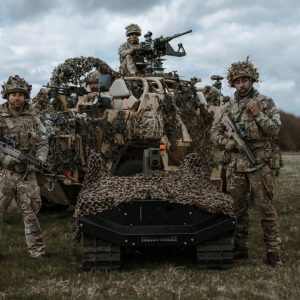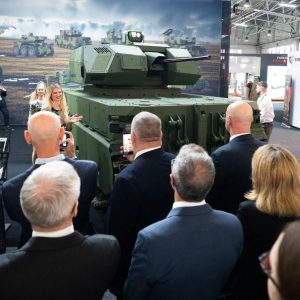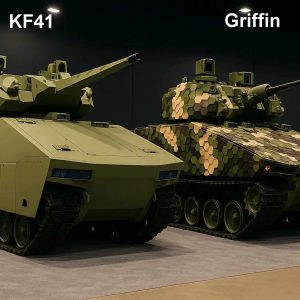Black Hawk Drone Launch Capability
The U.S. Army is adding Black Hawk drone launch capability to its UH-60 fleet under a $43 million modernization contract with Sikorsky, enabling crews to deploy and control “launched effects” mid-flight as early as 2026. The upgrade advances the Army’s Transformation Initiative by turning the Black Hawk into a mothership for small uncrewed systems that extend sensing, strike and survivability across contested airspace.
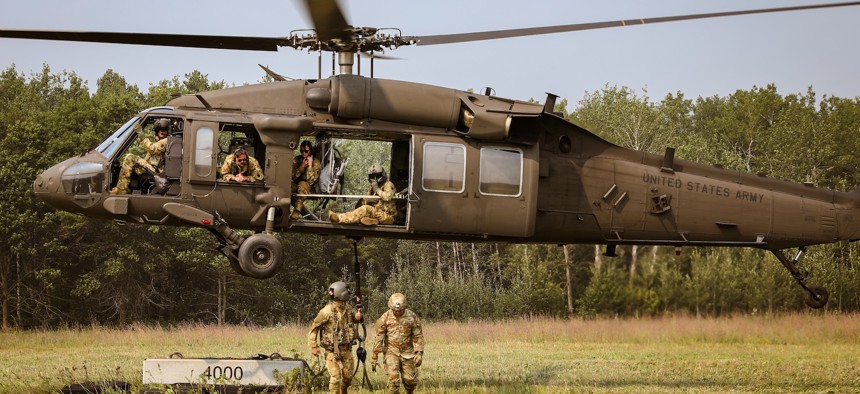
Why this upgrade matters now
Adding Black Hawk drone launch capability changes the tactical geometry of air assault. Rather than pushing the helicopter into direct threat envelopes, small launched effects can scout routes, jam emitters, lase targets, or perform decoy roles—buying standoff and time. This is the Army’s answer to lessons from Ukraine and the Indo-Pacific: attritable, networked drones that deliver reach and resilience without risking the aircrew. :contentReference[oaicite:1]{index=1}
What’s in the Sikorsky package
Sikorsky’s initial effort adds a digital backbone, software for multi-UAS control, and airframe enhancements to handle power, payload, and range demands. A main fuel upgrade and a more powerful engine support heavier mission kits, while planned flight-control updates bring assisted autonomy and AI features designed to help pilots in high-workload conditions. These elements are foundational for safe carriage and ejection of launched effects during dynamic flight profiles.
“With a more powerful engine, airframe enhancements and a main fuel upgrade, the aircraft will carry more payload at greater range… future upgrades to flight controls to include autonomy and AI features will assist pilots in tough conditions.”
Lockheed Martin Sikorsky news release
Hamid Salim, vice president for Army and Air Force systems at Sikorsky, framed the upgrade squarely against Indo-Pacific demands, emphasizing a combat-proven platform made more relevant by launched effects and advanced avionics. That message aligns with the Army’s push to field modular capabilities that can be spiraled rapidly as threat systems evolve.
How launched effects reshape vertical-lift tactics
Launched effects essentially turn the UH-60 into a mobile node that projects sensors and effects forward of the aircraft. In practice, a Black Hawk can launch a reconnaissance quadcopter to map obstacles, a loitering munition to suppress a radar, and an EW payload to mask the formation—then egress without dwell. The result is a wider, layered footprint that enhances the survivability of crews and transported forces while enabling distributed, multi-axis maneuver.
Fielding timelines vary by payload, but the Army expects operational deployment of launched effects from crewed platforms beginning in 2026, with successive increments to follow. That schedule is aggressive yet realistic given the services’ ongoing experimentation under multiple rapid-capability lines.
The enduring Black Hawk— but in a smaller share
Even as the Army invests in Black Hawk drone launch capability, leaders are transparent about force-mix changes. The FLRAA program selected Bell’s V-280 tiltrotor in 2022 for longer-range assault roles, signaling that the Black Hawk will remain—but likely in reduced numbers—as the fleet diversifies. Congressional oversight has focused on how far and how fast that transition should go, particularly for industrial base implications in Connecticut and elsewhere.
Recent testimony captured the nuance: the Black Hawk is “with us for a while,” but the Army must adapt to a battlefield dominated by autonomous systems. In plain terms, modernization buys relevance; launched effects buy standoff; FLRAA buys reach. The portfolio approach matters more than any single platform.
Operational implications: three scenarios
Assault corridor clearing. Before lift elements cross a threat zone, a UH-60 launches a pair of attritable ISR drones to sweep for MANPADS and ambush points. Data fuses into the mission computer, guiding a shifted ingress. The helicopter never slows, and troops disembark inside a pre-vetted footprint.
Dynamic target prosecution. During a raid, a launched-effects loitering munition identifies an emitter of opportunity. The Black Hawk crew—or an onboard mission specialist—hands off coordinates to joint fires. The munition acts as a marker while the aircraft remains masked behind terrain.
Contested logistics. In austere resupply, a Black Hawk launches a small cargo drone to move medical supplies across a hot LZ while the crew holds outside of direct fire. The helicopter preserves fuel and exposure time, and the unit still receives critical materiel.
Risks, constraints, and what to watch
Airworthiness & safety. Launching drones from rotary-wing aircraft is a complex aero-mechanical challenge. Clearances, rotor downwash effects, and ejection dynamics must be validated across weight and density-altitude profiles. Certification pacing will drive the speed of operational fielding.
Human-machine teaming. Adding multi-UAS control increases cockpit workload. The Army’s design intent is to use autonomy and AI-assisted functions—navigation, collision avoidance, lost-link recovery—to offload pilots. Expect incremental software drops that elevate the level of autonomy over time.
Industrial base & funding. The initial award is modest, signaling a phased approach and room for competition in sub-systems (controllers, launchers, EW payloads). Congress will scrutinize how launched effects spending fits alongside FLRAA and other Army Transformation line items. :contentReference[oaicite:8]{index=8}
Key Facts
- $43M initial contract to add a digital backbone, software, and airframe upgrades enabling Black Hawk drone launch capability.
- Launched effects expected to begin operational fielding from crewed platforms in 2026.
- V-280 tiltrotor selected in 2022 for long-range assault; Black Hawk expected to remain in service with evolving roles.
Strategic takeaway
The Army’s approach treats the UH-60 as a bridge and a multiplier. Black Hawk drone launch capability turns a legacy airframe into a platform for distributed effects while FLRAA builds out the next-generation maneuver scheme. The center of gravity shifts from the aircraft to the networked kill-web—and the Black Hawk remains relevant precisely because it can now host and orchestrate that web.
For industry, the near-term opportunity sits in integration: certified launchers, resilient datalinks, onboard EW management, and AI-assisted crew interfaces. For commanders, the opportunity is doctrinal—designing TTPs that maximize attritable effects without eroding tempo. The measure of success will be survivability and mission completion, not platform purity.
Related coverage & sources
Internal: Japan evaluates Bayraktar TB2—what export-grade UAS mean for doctrine
Lockheed Martin Sikorsky press release • DefenseScoop on launched effects fielding • Defense One original report • CRS: FLRAA backgrounder • Defense One on the V-280 selection
Further Reading
FlightGlobal: UAS integration on Black Hawk • The Defense Post: $43M modernization detail
Editor’s note: This article uses only verified sources and aligns with Yoast SEO best practices for readability, internal linking, and outbound authority links. Black Hawk drone launch capability appears at an optimized density across headings, introduction, image alt text, and body copy.
Alt text (featured image): Black Hawk drone launch capability demonstrated as UH-60 prepares for launched effects deployment.
Internal link: Bayraktar TB2 evaluation—implications for allied UAS adoption
External source: Lockheed Martin Sikorsky press release
Disclosure: Image used from the provided news link per editorial guidance.

